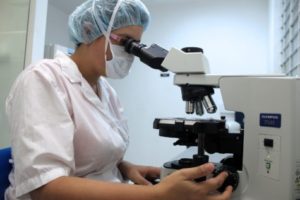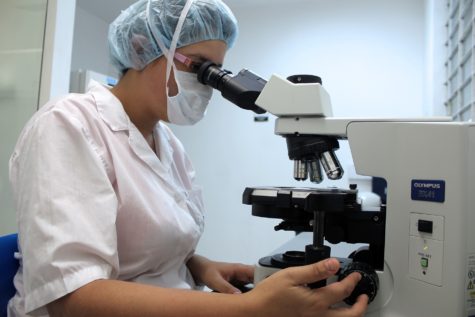LOS ANGELES — In the fight against cardiovascular disease, a new super-weapon is now even closer to deployment… and its capabilities are turning out to be beyond expectations.
One of the most notorious killers facing humanity, cardiovascular disease, is responsible for about about 1 in every 3 deaths in the U.S., according to the American Heart Association. A new study aimed at combating the disease finds that stem cells, the controversial darlings of modern biomedical research, are not only showing promise in treating heart failure, but in rats are actually reversing problems associated with old age.

“The way the cells work to reverse aging is fascinating,” says Dr. Eduardo Marbán, one of the study’s primary investigators, in a press release. “They secrete tiny vesicles that are chock-full of signaling molecules such as RNA and proteins. The vesicles from young cells appear to contain all the needed instructions to turn back the clock.”
Marbán, who serves as director of the Cedars-Sinai Heart Institute, explains this latest study builds on previous lab work and human trials which “have shown promise in treating heart failure using cardiac stem cell infusions.”
The specific type of stem cells used in the study are known as “cardiosphere-derived cells” or CDCs. The process to grow these cells was initially developed when Marbán was part of the Johns Hopkins University faculty.
While the latest research involving CDCs indicates possibilities that have previously been in the realm of science fiction, the scientists leading the charge urge restraint in face of the excitement.
“This study didn’t measure whether receiving the cardiosphere-derived cells extended lifespans, so we have a lot more work to do,” says Dr. Lilian Grigorian-Shamagian, the study’s first author. “We have much to study, including whether CDCs need to come from a young donor to have the same rejuvenating effects and whether the extracellular vesicles are able to reproduce all the rejuvenating effects we detect with CDCs.”
Nevertheless, the latest results of stem cell infusions in rats are startling. Not only did rats that received the CDCs experience improved heart function, they also had lengthened heart cell telomeres.
Telomeres, the protective caps at the ends of chromosomes, normally shrink with age. As telomere shrinkage is one of the most studied and least understood phenomena associated with aging, the effect of CDCs on them is especially fascinating.
What’s more, the researchers said the rats who received the treatment also had their exercise capacity increase by about 20 percent. They also regrew hair faster than rats that didn’t receive the cells.
With these thrilling results only the latest in recent stem cell headlines, researchers caution the public that most treatments are still not ready for prime time.
Indeed, a recent Reuters article warned that stem cell therapy still is not approved to treat heart failure in the U.S., yet many unscrupulous clinics are offering questionable services anyway — and charging tens of thousands of dollars for it. In some cases, researchers quoted in the article said these labs may not even be injecting stem cells, but rather a useless and dangerous mix of cellular debris.
The article also noted two patients died and another went blind after stem cell injection procedures in Florida clinics.
Still, the legitimate doctors and scientists working to push the frontier of medicine forward are very optimistic about the real possibilities of the therapy. The Cedars-Sinai team said they are also studying the use of stem cells in treating patients with Duchenne muscular dystrophy and patients with “heart failure with preserved ejection fraction, a condition that affects more than 50 percent of all heart failure patients.”
Their research on CDCs’ effects on aging was published this month in the European Heart Journal.

Comments
Comments are closed.